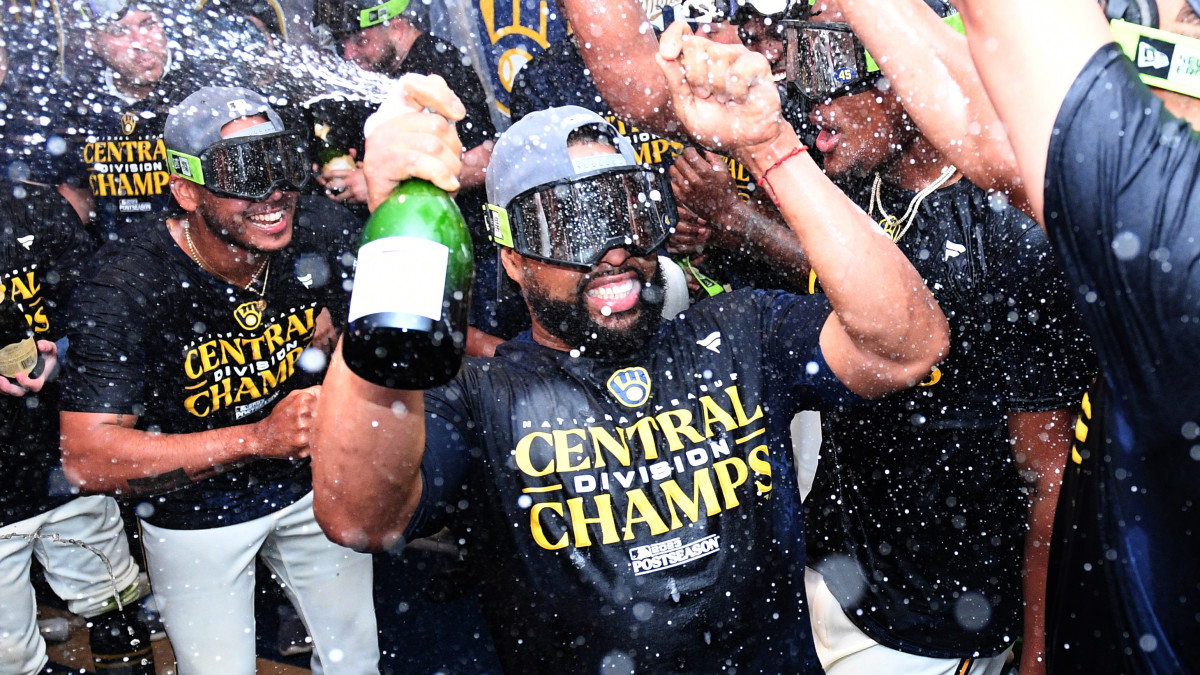What Is Lost in MLB’s Refined Expanded Rosters

In another universe, this would be an especially glorious stretch for expanded rosters.
The Brewers and Phillies both clinched their postseason berths Tuesday and celebrated with the customary beer-soaked fervor. That means one thing for Wednesday—hangover lineups. And for teams that have already been eliminated, this final week of the season is traditionally a great time for experimenting with fringe prospects or giving final chances to minor league lifers. That’s not to say these practices don’t still happen. (They do.) But they don’t look quite the way they used to.

This is the third season that MLB active rosters have expanded to 28 spots in September rather than the traditional 40. The rule change is for the best: It’s logical, first of all, to make sure that September does not look too different from August and October, and it saves us from resulting unaesthetic messes and weirdness on the field. (As MLB commissioner Rob Manfred said himself back in 2016: There’s no joy in seeing 18 pitchers in one game!) But there’s something lost here, too, and a few years into MLB’s new September reality, I’ve realized something I didn’t expect.
I kind of miss the old expanded rosters!
Let me reiterate: I understand this move was not just smart but arguably completely necessary. (It’s just one of many recent tweaks to change the game for the better.) There was no practical reason for active rosters to be that large in September. Adding one or two extra players to bolster a playoff run or to get some extra looks at intriguing minor leaguers? Sure. Adding as many as you want to seemingly no end? Not so much. No one wants to see a bullpen that looks like a clown car. (Remember watching one team use 10 or 11 pitchers in a nine-inning game?) There was no real payoff in allowing clubs to pull quite that deep come September.
Yet there was something oddly charming about the whole thing. Yes, it was unwieldy, impractical and sometimes downright ugly. But there was a delightful weirdness in the resulting mishmash of archetypes on an active roster: There’d be a hyped prospect here, a guy who otherwise may not have come close to a big league clubhouse there and so, so, so many relievers all over the place. It could feel like a curtain call for players who had been up and down throughout the year. Here was one last chance to recall everyone who had played even the smallest of parts in the campaign. Remember Some Guys: Season Recap Edition. It wasn’t pretty. But it could be fun.
And that doesn’t even touch the state of the hangover lineup! Come on: It can’t be as easy as giving a start to the backup catcher and a utilityman. A true hangover lineup should have at least one guy whose name elicits only the barest glimmer of recognition. Give us your weird, your mismatched, your “wait, he’s still here?” The batting order that a team runs out the day after clinching should be instantly distinguishable as a hangover lineup. There should not be any plausible deniability here. And that’s a much harder act to pull off without fully expanded rosters.
Is the baseball we’ve seen the last few Septembers objectively “better” than what used to pour out of overfull dugouts at this time of year? Completely. There’s no question about that. But we’ve lost a little something alongside everything we’ve gained. So as you enjoy this final week of games, with their reasonably sized bullpens and ordinary lineups, spare a thought for the weirdness that once was.
